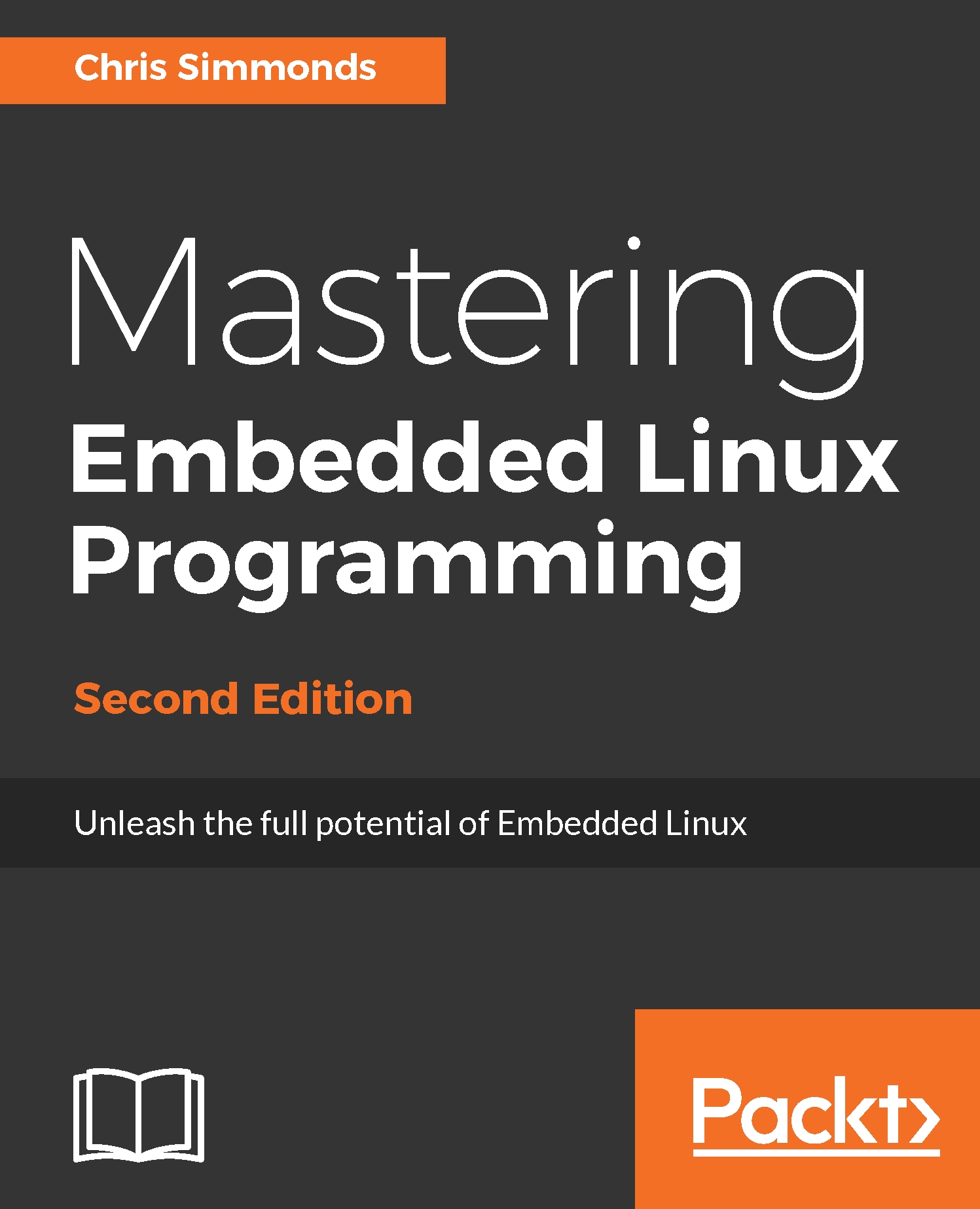Linux has been the mainstay of embedded computing for many years. And yet, there are remarkably few books that cover the topic as a whole: this book is intended to fill that gap. The term embedded Linux is not well-defined, and can be applied to the operating system inside a wide range of devices ranging from thermostats to Wi-Fi routers to industrial control units. However, they are all built on the same basic open source software. Those are the technologies that I describe in this book, based on my experience as an engineer and the materials I have developed for my training courses.
Technology does not stand still. The industry based around embedded computing is just as susceptible to Moore's law as mainstream computing. The exponential growth that this implies has meant that a surprisingly large number of things have changed since the first edition of this book was published. This second edition is fully revised to use the latest versions of the major open source components, which include Linux 4.9, Yocto Project 2.2 Morty, and Buildroot 2017.02. Since it is clear that embedded Linux will play an important part in the Internet of Things, there is a new chapter on the updating of devices in the field, including Over the Air updates. Another trend is the quest to reduce power consumption, both to extend the battery life of mobile devices and to reduce energy costs. The chapter on power management shows how this is done.
Mastering Embedded Linux Programming covers the topics in roughly the order that you will encounter them in a real-life project. The first 6 chapters are concerned with the early stages of the project, covering basics such as selecting the toolchain, the bootloader, and the kernel. At the conclusion of this this section, I introduce the idea of using an embedded build tool, using Buildroot and the Yocto Project as examples.
The middle part of the book, chapters 7 through to 13, will help you in the implementation phase of the project. It covers the topics of filesystems, the init program, multithreaded programming, software update, and power management. The third section, chapters 14 and 15, show you how to make effective use of the many debug and profiling tools that Linux has to offer in order to detect problems and identify bottlenecks. The final chapter brings together several threads to explain how Linux can be used in real-time applications.
Each chapter introduces a major area of embedded Linux. It describes the background so that you can learn the general principles, but it also includes detailed worked examples that illustrate each of these areas. You can treat this as a book of theory, or a book of examples. It works best if you do both: understand the theory and try it out in real life.



